Images of Melt: Earth's Vanishing Ice
Midnight Iceberg
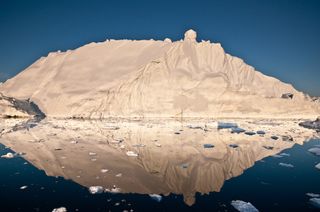
The midnight sun glows off an iceberg in Disko Bay, Greenland. Icebergs calving into the sea are a major source of Greenland's ice loss.
Meltwater Stream

A stream of meltwater flows across the ice surface in Greenland.
Ice Canyon

Meltwater creates a 60-foot deep (18.2 meter) canyon in the polar ice sheet.
Meltwater Conduit

This canyon drained a large meltwater lake on the surface of the ice into a moulin, or under-ice channel that flows to the bottom of the ice sheet.
Glacial Lake

Supraglacial lakes like this one (which is about 0.75 miles in diameter) dot the surface of the Greenland ice sheet during the summer seasonal melt.
Moulin
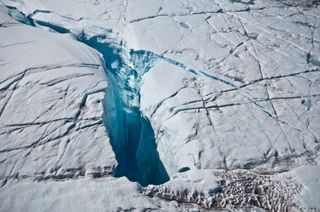
A moulin dips into the ice sheet, channeling water to the base of the ice, where a network of underground springs route it to the sea.
Pine Island Glacier

Crevasses mar stretching ice on the Pine Island Glacier in Antarctica.
Sign up for the Live Science daily newsletter now
Get the world’s most fascinating discoveries delivered straight to your inbox.
Pine Island Glacier Flow
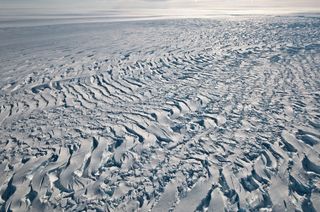
Crevasses reveal the slow movement of the Pine Island Glacier in Antarctica.
Criss-Crossing Crevasses
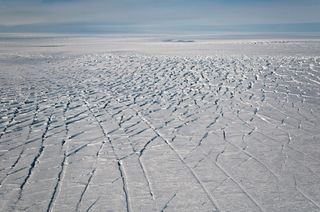
Criss-Crossing Crevasses near the grounding line of the Pine Island Glacier, where the glacier meets Antarctica's sea ice.
Aerial Glacier View
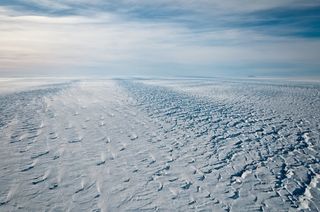
An aerial view of the Pine Island Glacier in Antarctica, looking seaward.
Staccato Peaks
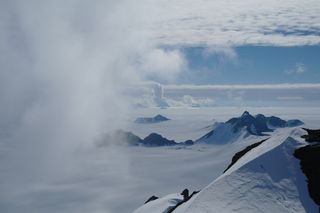
The Staccato Peaks of Alexander Island on the Antarctic Peninsula. Complex weather and snowfall in this region makes assessing ice loss and gain difficult.

Stephanie Pappas is a contributing writer for Live Science, covering topics ranging from geoscience to archaeology to the human brain and behavior. She was previously a senior writer for Live Science but is now a freelancer based in Denver, Colorado, and regularly contributes to Scientific American and The Monitor, the monthly magazine of the American Psychological Association. Stephanie received a bachelor's degree in psychology from the University of South Carolina and a graduate certificate in science communication from the University of California, Santa Cruz.
Most Popular


